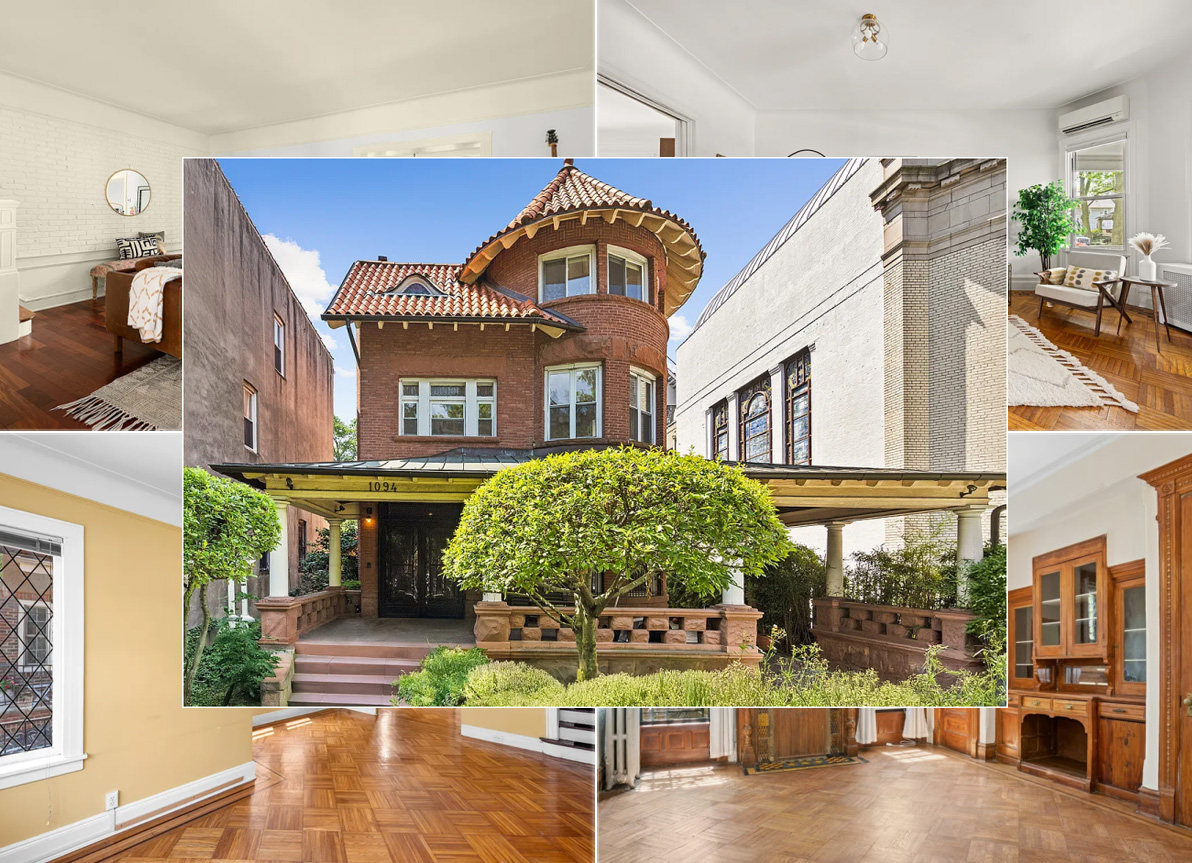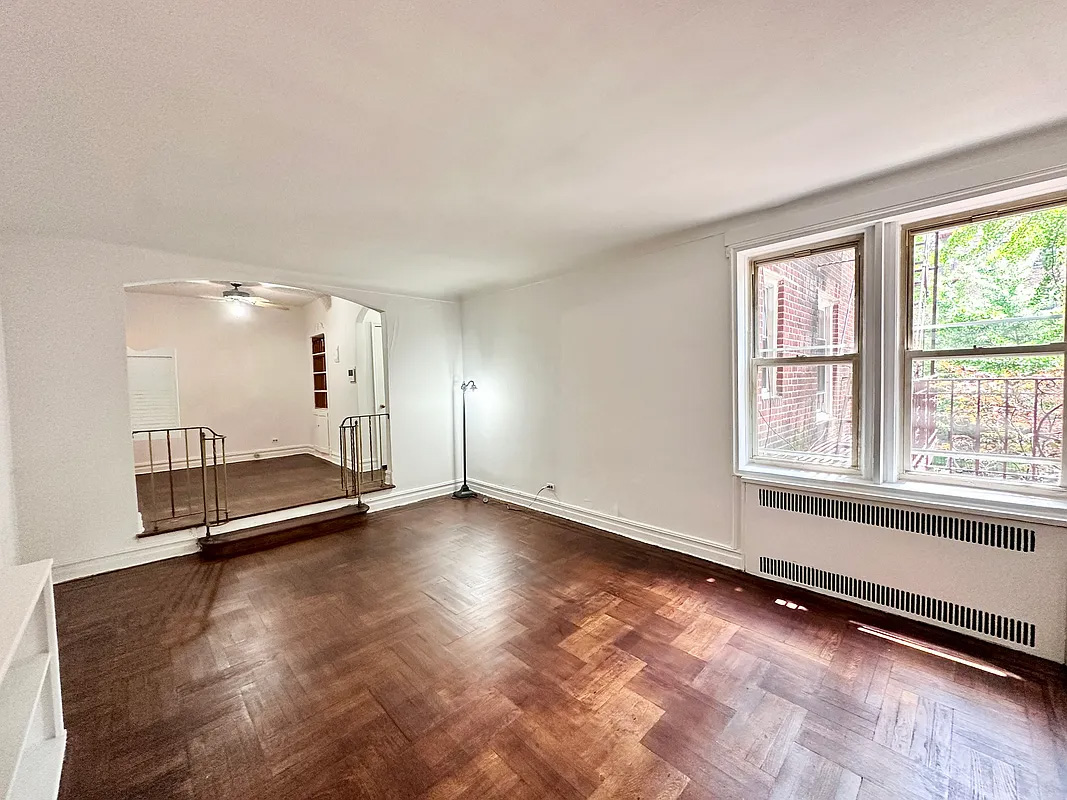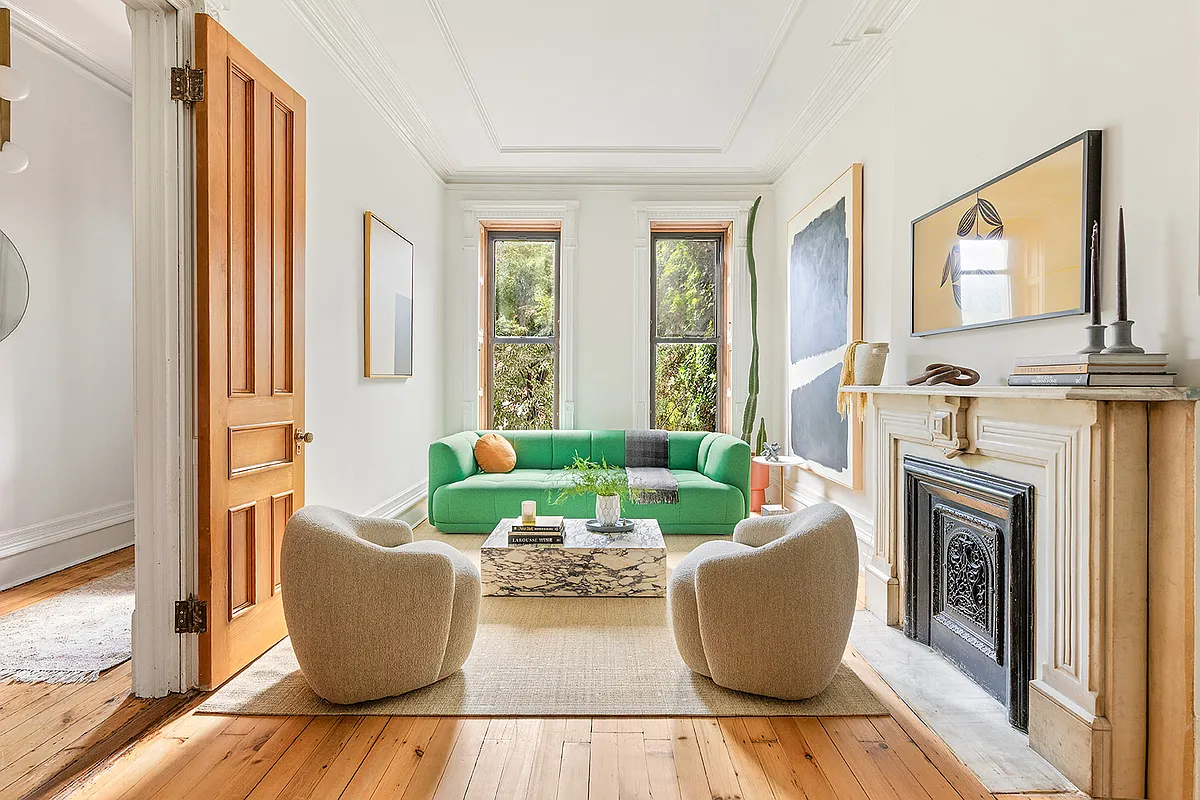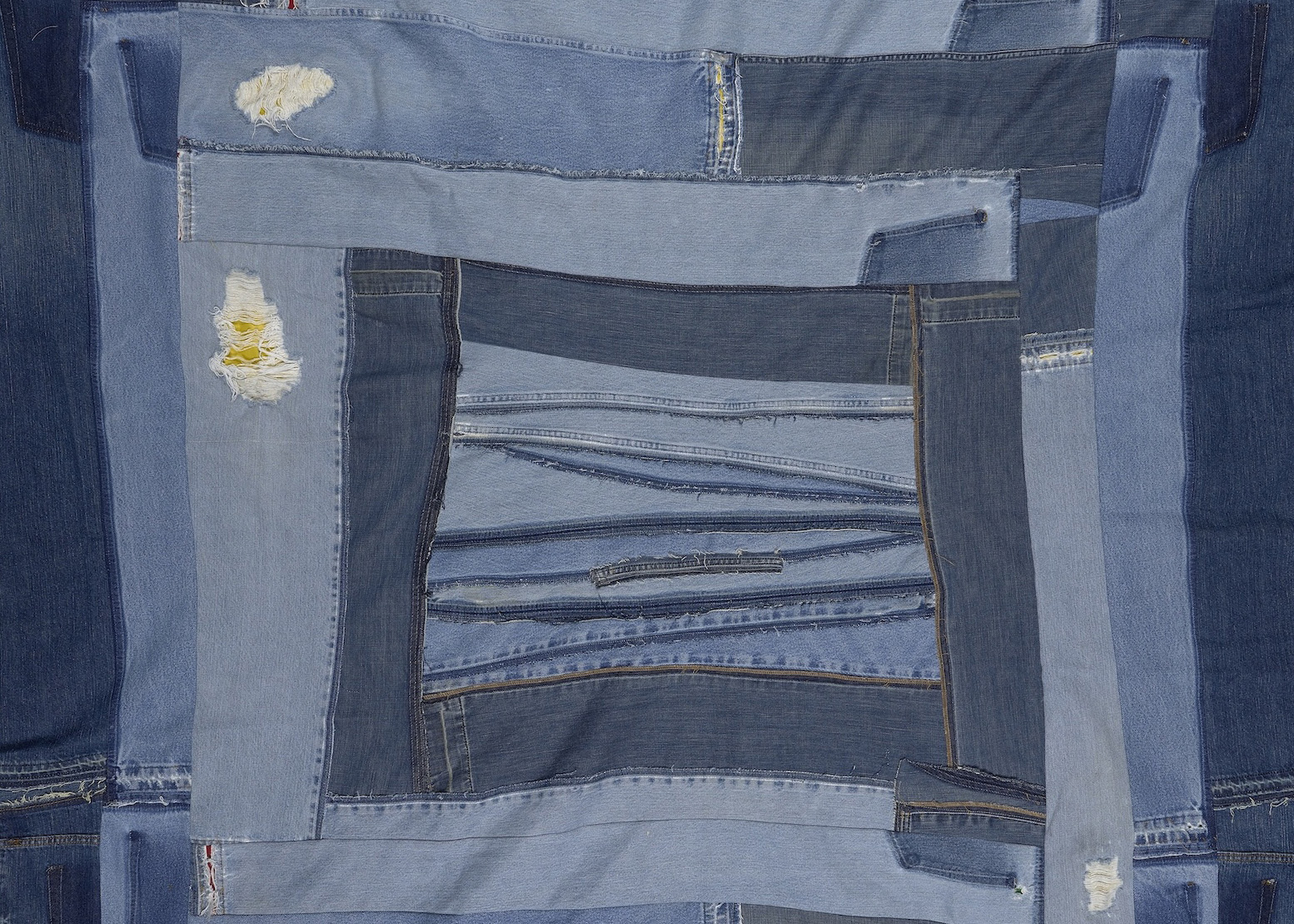Risky Business in Some Brooklyn Nabes?
This week New York magazine looks into its real estate crystal ball and sees all sorts of doom ‘n’ gloom on the horizon for Bed-Stuy, Bushwick and, to a lesser extent, Williamsburg and Greenpoint. Of all the neighborhoods profiled in the mag’s Neighborhood Watch feature, in fact, Bed-Stuy and Bushwick are pegged the riskiest. (They…


This week New York magazine looks into its real estate crystal ball and sees all sorts of doom ‘n’ gloom on the horizon for Bed-Stuy, Bushwick and, to a lesser extent, Williamsburg and Greenpoint. Of all the neighborhoods profiled in the mag’s Neighborhood Watch feature, in fact, Bed-Stuy and Bushwick are pegged the riskiest. (They receive a collective risk rating of 9 out of a possible 10.) According to the article, since the two areas are subprime hotbeds, there’s a good chance inventory is going to be flooding their markets–an assessment that jibes with the downturn in sales Bed-Stuy recently posted. In Williamsburg and Greenpoint, meanwhile, the supply of new construction may be outstripping demand. One local broker says Burg prices have sunk by about 10 percent lately. The article also makes the case that properties in Greenpoint, and areas of Williamsburg not within a stone’s throw of the Bedford L, are going to be less of a hot ticket as “creative types” find exotic mortgages harder to come by. These factors combine for a risk score of 7. (The rating for “established brownstone Brooklyn” is, unsurprisingly, a much rosier 2.5, based on the fact that areas like Brooklyn Heights and Park Slope attract affluent, stable buyers.) While Bed-Stuy and Bushwick are undoubtedly feeling more subprime fallout than other neighborhoods, it seems a little premature to predict that demand and prices in Williamsburg are about to take a serious nosedive. You agree with the pessimistic prognostications?
Neighborhood Watch [New York]
Big Slowdown Seen in Brooklyn’s Poorest Zones [Brownstoner]
Photo of Bed-Stuy houses by GKJarvis.





It seems to me that NY Magazine’s analysis of “risk factors” actually might make some sense for those who look at real estate as a SHORT TERM investment. For the rest of us, who actually LIVE in our houses [and who had the minimum of sense needed to not take out a mortgage on which they couldn’t make the payments], this means relatively little.
This has nothing to do with the subprime crisis. It’s all about Atlantic Yards.
ATLANTIC
YARDS
EFFECT
You’ll see interest in these parts of Brooklyn continue to dwindle and values will continue to drop.
Actually, it’s the bankers themselves that created this mess. Homes are NOT priced based upon cash value – ie like produce is at the grocery store. They are priced almost ECLUSIVELY on the monthly mortgage payment and the percentage of the income necessary to make those payments.
If you look back in time, you’d find that historically – people always spend 25-40% of their net income on housing. The only issue now is that with lower interest rates, you can have a more expensive home using the same income ratios. With non-traditional loans like interest only loans, which were popular in the 1920s, you can have an even higher price.
This has result in banks making a lot of money, and putting a lot of cash in the hands of sellers which then gets injected into the economy. This is why the government hasn’t complained – this was necessary to avert economic collapse after the last asset bubble of the dot com era.
I just brought in Stuyvesant Heights and most homes on my block are paid for many have been paid off years ago. Only about 6 houses have mortgages. Many people who have been in the 11216 zip have no dealing with the bank when it comes to there homes. I think NYmag needs to get its facts together…
You know who really fueled this sub prime business, it’s not the couple making a combine 60k and wanting to buy a 400K house, it’s the greedy over 100K brownstone lover wanting a million dollar home….
The article didn’t surprise me– and regarding Williamsburg in particular, that neighborhood apppeals to such a sliver of a fraction of New Yorkers, I can definitely see it becoming oversaturated with condos that no one wants…in addition, those condos stand in stark contrast to what the neighborhood seems to represent.
In actuality, the article is not without some merit. Although it overgenralizes, it sticks to the last up 1st down school of thought but yet makes distinctions based on other criteria
Not that I fully agree with the article, but for those of us living in Williamsburg its plain to see the rampant over building taking place.
Between the huge complexes on the waterfront, the numerous developments around the park and the continued conversion/demo of industrial buildings, its pretty clear that in the short term, supply is going to out strip demand.
But does that translate to long term risk? Doubtful – Williamsburg is gentrified neighborhood with efficient (albeit crowded) subway access to Manhattan. Its likely that any investment in this area will pay off in the long term.
Fa-Fa-Fooey!!